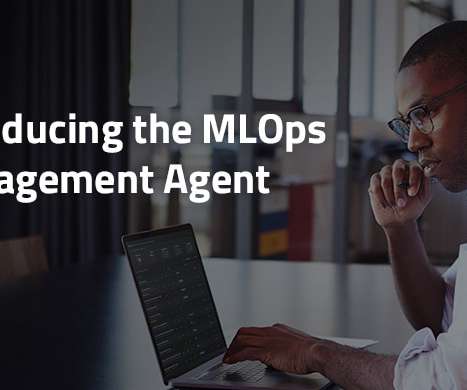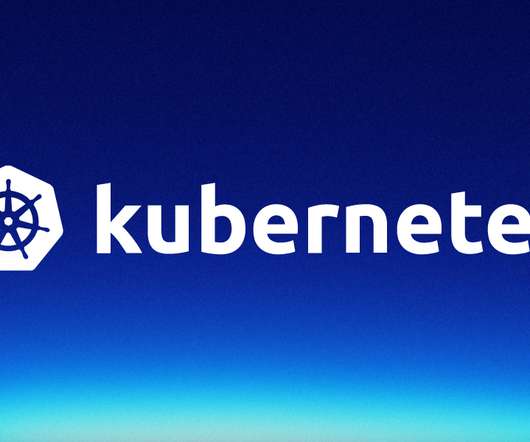Introducing the MLOps Management Agent
DataRobot
JUNE 16, 2021
In several earlier blog posts, we have focused on what we at DataRobot call the AI production gap , which refers to the gap that makes it difficult to transition models from the data science teams who develop them to the IT and DevOps teams who are responsible for deploying and monitoring them in production. It is available in Release 7.1.
















Let's personalize your content